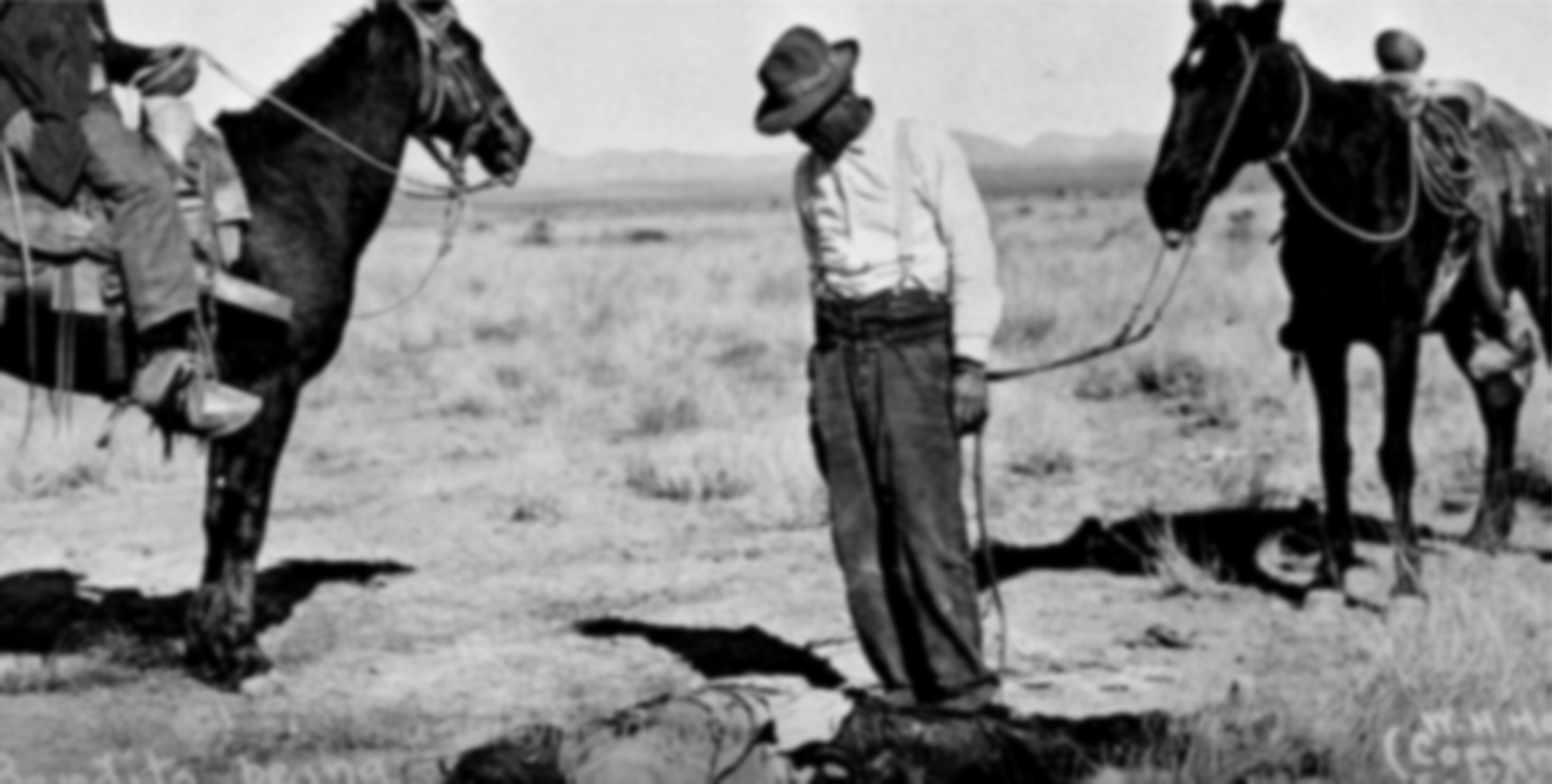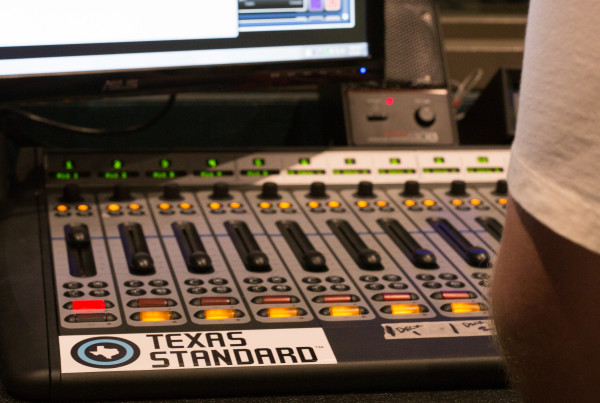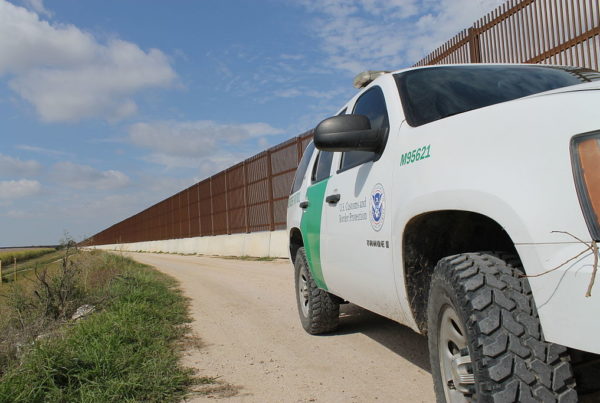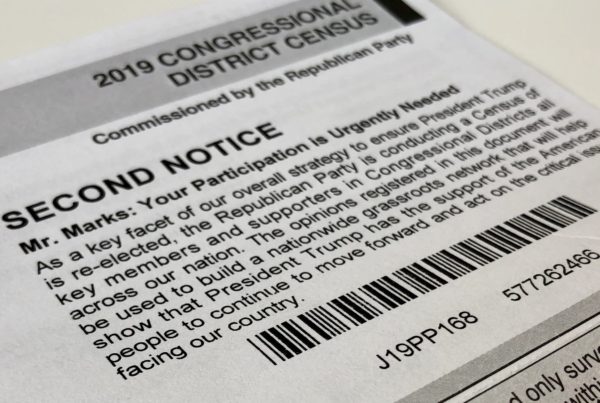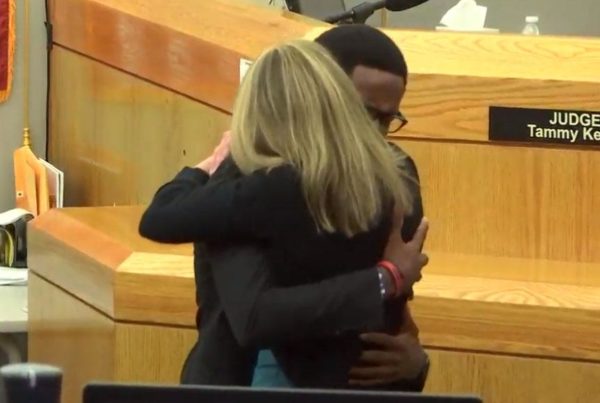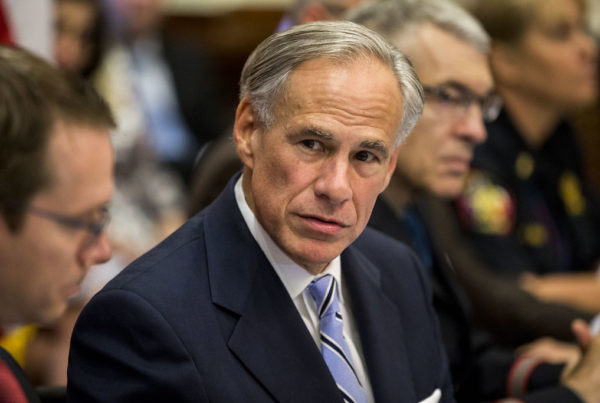There’s a historical marker in Presidio County that tells the story of a massacre that took place a century ago in the small town of Porvenir. The Spanish word, porvenir, means “future” in English. But when Texas Rangers and others rounded up more than a dozen townspeople and shot them dead in 1918, Porvenir didn’t seem like it had much of a future at all.
Now, a new documentary on public television, “Porvenir, Texas,” investigates that massacre. Producer Héctor Galán says while the story of Porvenir is gruesome, it’s important to talk about because it was ignored for so long.
“It was one of the largest massacres of that time period – what they called the ‘bloody border years,’” Galán says.
He says Texas Rangers, members of the U.S. Cavalry and ranchers took 15 people out of Porvenir in the middle of the night and shot and killed them.
It was an era when rights to land ownership in Texas was highly disputed. The 1848 Treaty of Guadalupe Hildago, which ended the Mexican-American War, gave citizenship to Mexicans who were now living in U.S. territory. Galán says Mexico lost half of its territory through that treaty.
“Mexicans who were now American citizens overnight were guaranteed those land rights and equal rights, but that didn’t happen,” Galán says. “Land grants were lost, land disputes, title disputes.”
He says the Porvenir Massacre is a consequence of tension between Anglo settlers and former Mexicans, all living along the Texas-Mexico border.
According to some accounts, the massacre was retribution for a raid on the Brite Ranch in Presidio County. But there isn’t evidence that anyone from Porvenir was responsible for that raid.
Another troubling aspect of the massacre was the involvement of the U.S. Army. Galán says troops helped the Rangers cordon off Porvenir. He interviewed people who lived in the town at the time, including Juan Flores whose father was killed in the massacre.
“According to the surviving witnesses, nobody can really point to the U.S. Army actually pulling the trigger, but they were there,” Galán says. “They helped the Rangers … their bullets and artifacts are coming up.”
The Porvenir Massacre was covered up for years, Galán says. The historical marker in Presidio County was only erected in 2018. He says it was the descendants of those killed in the massacre who have tried to keep the story of Porvenir alive by advocating for the marker, among other things.
Making sense of the massacre isn’t as simple as calling it a Mexican-vs.-Anglo conflict. The documentary features one man, Harry Warren, a Porvenir schoolteacher who documented the massacre. His wife was from Porvenir and his father-in-law died in the massacre.
“Harry took it upon himself … to document what was going on to hopefully not forget this event, and to try to get justice,” Galán says. “Of course, they never did, and he died picking cotton in Arizona.”
Galán says Warren’s story shows that Porvenir was a community with “good neighbors” from different backgrounds, despite the conflict all around them at the time.
Written by Caroline Covington.


